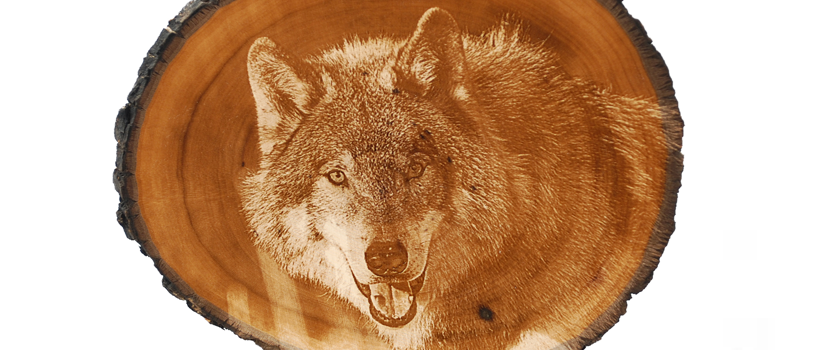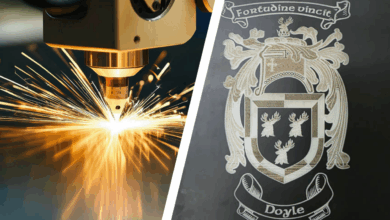Wood is one of the most laser-friendly materials available not only because it can be cut easily, but also because it engraves well. However, different woods have different reactions when they are laser engraved and produce different results.
Lighter woods, like cherry or maple, produce a nice contrast where the laser burns away the wood, while denser woods require more laser power to cut or engrave.
Grain density can change dramatically depending on the type of wood you are working with. Cherry, alder, walnut, and maple have fairly small veins of grain in them, while oak has medium to large veins. For example, if a large square was engraved into a piece of cherry, it would have a uniform appearance; the area engraved would be smooth with little variation in height. However, if the same square was engraved into a piece of oak, its appearance would vary greatly in height and would have a non-uniform appearance.
Here are some tips when engraving wood:
- Maple and alder are some of the most popular woods for engraving, providing a rich contrast.
- Bare wood engraving produces smoke and debris during the process that can become embedded into the grain of the wood. To reduce this effect, always engrave from the bottom up – this helps draw any smoke away from the engraving.
- When engraving stained wood, excess smoke and debris can be wiped off the surface of the wood with a damp cloth after engraving.




